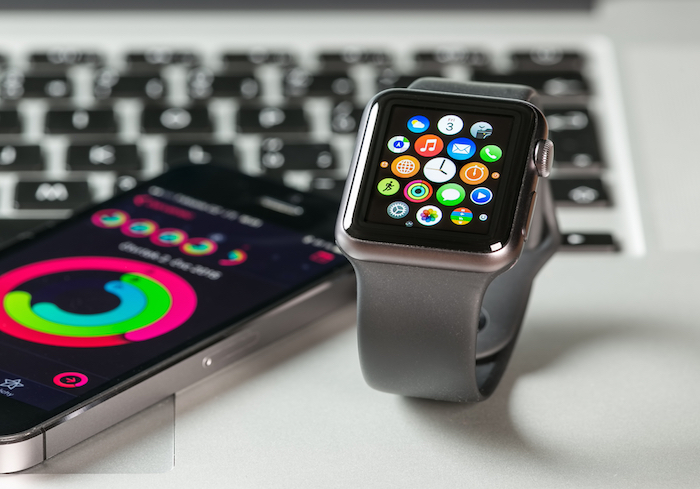
Demand for the Apple Watch could cut into sales for the slowing traditional watch space this holiday season: Citizens Bank noted that the company is taking a larger slice of spending for discretionary products, 9to5Mac reported.
“By charging more for these essential tech products, it’s taking share of wallet from other discretionary items,” said Jaime Ward, group head of Citizens Bank’s retail finance group. “Jewelry will unfortunately be hurt by that.”
In terms of forecasts, Cascend Securities predicts that 10 million Apple Watches will be sold in the December quarter. The firm reports that in all, sales will reach “almost $9 billion” for the entire year. And Daniel Bachman, a Deloitte economic forecaster, said “the cool item to get under the Christmas tree is an Apple Watch, not necessarily a watch from the local jewelry store.”
The news comes as the Apple Watch has been driving the wearables market – the company saw sales jump 60 percent in 2017, with 16 million units shipped. That’s according to CCS Insight: In a February report, they predicted that worldwide wearables sales are forecast to grow an average of 20 percent annually during the course of the next five years, hitting $29 billion by 2022.
In the wearables category, CCS Insight said smartwatches are the most associated product, led by the Apple Watch. The firm estimated that around one quarter of Apple Watch sales in the fourth quarter of last year were the Apple Watch that has built-in cellular, enabling consumers to make payments and phone calls.
“It’s not surprising that traditional watchmakers are looking over their shoulders nervously at Apple, given the significant slice of the market it has secured in just three years. Our projections show that in 2018, Apple will come close to matching worldwide sales of Swiss-made watches, which sold 24 million units in 2017,” CCS Insight reported in a press release highlighting the results.